
If Content is King, then how it’s presented is its Queen
Content is the message that we wish to convey through many formats, such as video, image, or writing.
We love great content – our world revolves around it. It helps us access the true value behind the format, influencing preferences, indicating quality and building trust. Good content brings the right audience.
But good content alone is not enough.
Great content needs GREAT presentation.
How does presentation affect content?
Picture yourself in a fancy restaurant with an inviting plate of pasta staring you right in the face. A truly Instagram worthy dish.
You look closely however and that’s when you see it; a hair!
‘’Ew’’ you squeal, unsure of how to react – but you know for a fact you are not eating that pasta. Who would?
That’s how great pasta and great content goes to waste.
Perhaps you’re convinced it’s just one bad meal – still, would you feel comfortable eating there again?
No. In more complex settings losing a customer is detrimental – online, a loss of first trust is a loss of business.
Why Worry About the Little Details?
Let’s take Mr. Henry as an example.
Mr. Henry is looking for a good lawyer.
He believes in quality, and that quality comes at a price.
So, he goes on Google and tries to find a good lawyer at a price he can afford.
He takes his time researching lawyers.
He thinks he has found the right lawyer with Mr. X
They eventually meet over good coffee, exchanging business cards and agreeing on a price.
Mr X then sends Mr Henry the official quote via email which ultimately does not get a response.
Why? Mr X used ‘’Harry’’ instead of ‘’Henry’’, causing Mr Henry to opt out of the deal and choose another lawyer instead.
A trivial mistake with significant consequences.
If a person claims to be an expert and then they let a simple error occur, it questions not only their expertise but also their credibility. Accuracy is just as essential as content to ensure the trust of your customers.
Can this really happen to my online business?
Yes, and very often. Customer trust is based substantially on your presentation online.
How?
Let me tell you about Sarah.
Sarah’s husband Adam has a birthday fast approaching.
He is also a huge James Bond fan.
As a thoughtful wife Sarah plans a James Bond themed outing for Adam.
Pay attention as we follow the customer journey with Sarah.
She gets on her phone as most people do.
She opens Google and types in ‘’James Bond Museum’’ in the search bar.
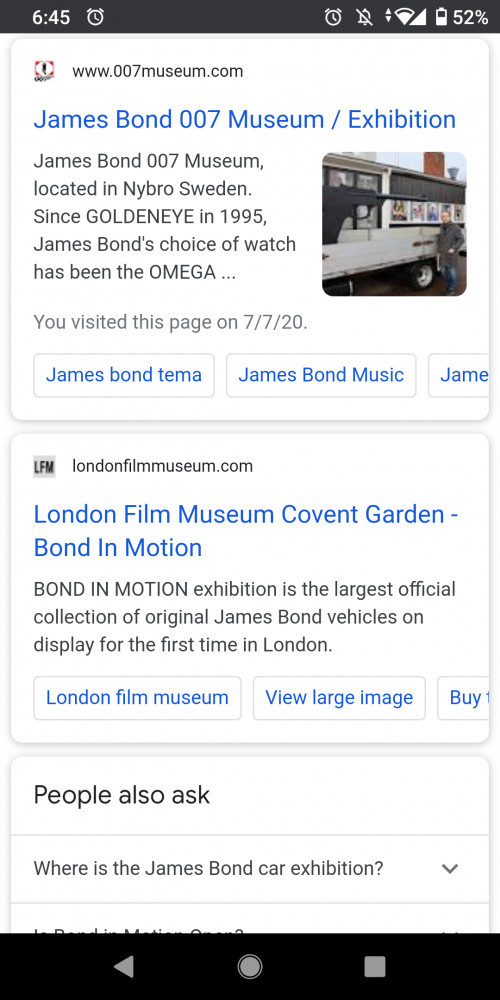
Instinctively she clicks on the first result (28.5%* of people do) which seems to be what she’s looking for.
This is what she sees after clicking the link.
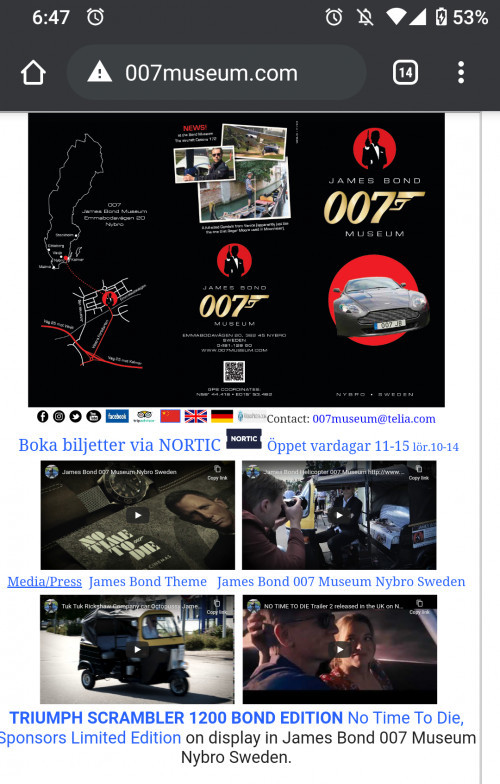
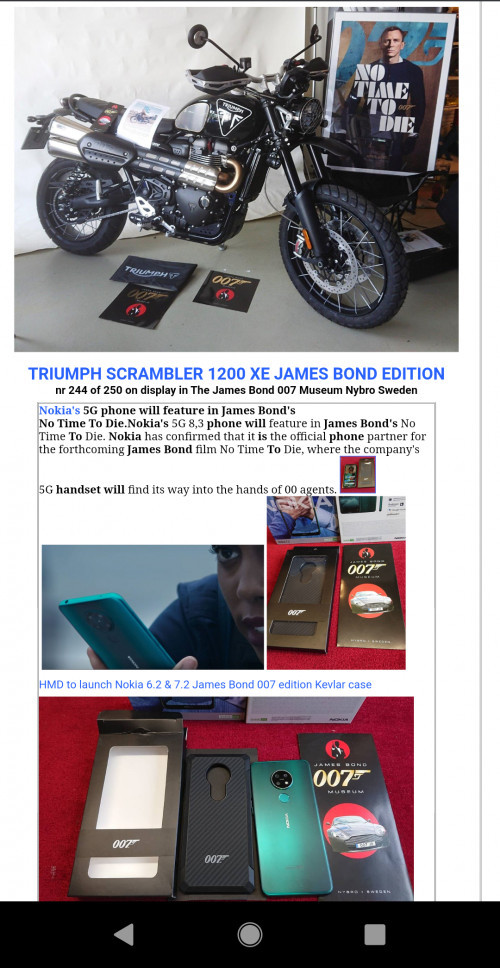
Some might immediately go back to the search page simply because of the layout, but since it is Adam’s birthday, she spends the time to properly assess the website.

She scrolls and scrolls and scrolls…
The amount of information on the website overwhelms her.
She clearly sees that the owners of the website know their James Bond, but even after a few minutes on the website she can’t seem to find the information she needs about the exhibitions, things as simple as ticket price, where to buy tickets, and how to buy it online.
(And can you blame her?)
Confused and frustrated, after a few more minutes, she goes back to the main page and clicks the second result.
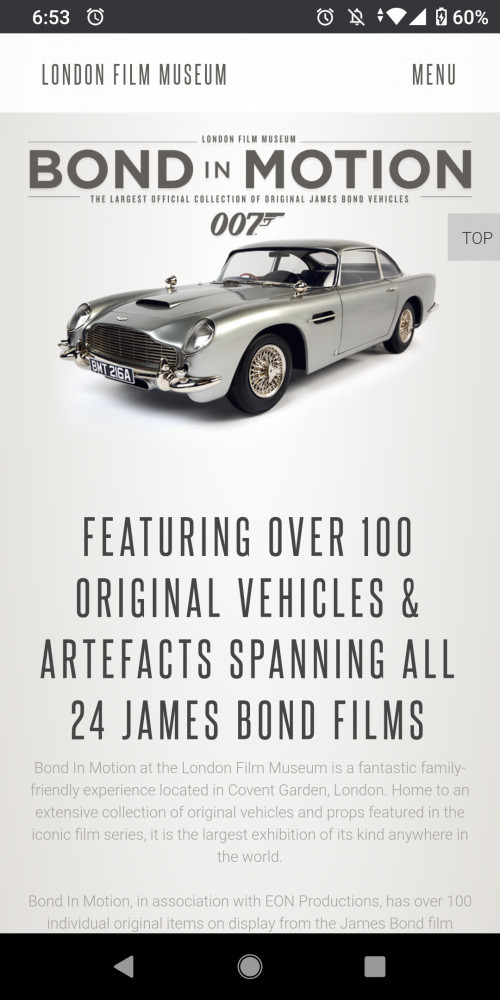
Immediately she recognizes the classic DB5 Mr Bond is known for, beautifully presented.
With the subheading “FEATURING OVER 100 ORIGINAL VEHICLES & ARTEFACTS SPANNING ALL 24 JAMES BOND FILMS’’
And the bottom of the screen has a simple but effective call to action – ‘’BUY TICKETS’’
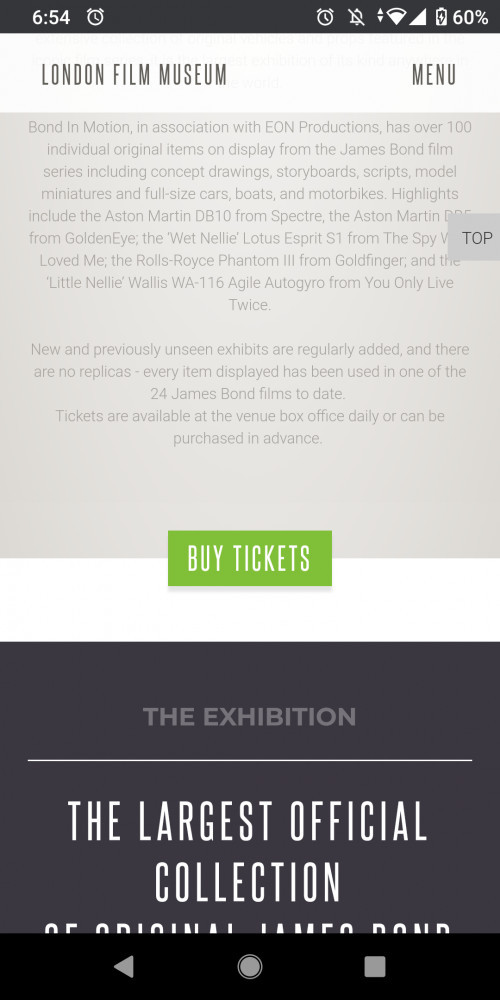
Sarah is immediately sold, with a bit more scrolling she is able to find the information she needs, and after few minutes clicks “BUY TICKETS.”
The layout, design and overall presentation gets her to trust the website and buy the tickets.
Did you see how simple that was?
Despite being ranked first on Google (A dream for many of you) and the far richer content of the first site, in the end it failed to convert because of how poorly the information was presented. The second site perfectly balanced the monarchy of presentation and content.
How to dress the Queen that is “PRESENTATION”
Regardless of which type of online business you are in, whether that’s managing an online shop, building an affiliate website or running an online course, great content is not enough. The speed of access, the accuracy of information, the ease of interface and overall presentation is equally as important. It affects the effectiveness of trust-building and how you communicate your content with your audience.
But how do you do it?
- Be accurate: One spelling mistake kills your text and costs you your credibility.
- Be mobile and desktop friendly: The user experience on both mobile and desktop should be seamless and user friendly
- Be fast: If your content takes too long to load people will quickly look for alternatives
- Be up to date: Old and out-of-date information causes mistrust in a potential client.
- Be active: Respond in a timely manner to customer enquiries and questions.
- Be trustworthy: Use trustworthy channels of doing business (PayPal, Google Pay, ApplePay)
Without substitution, each part is as integral as the other, they will be sufficient to not only create new customers, but also increase their value and lifetime. Good presentation helps to build loyalty.
Yes, it does seem like a lot of work (and it is).
But that’s all right, don’t panic.
I’ll help ease your worries.
How?
I am writing a new post for you to share a list of useful resources that anyone running an online business must-have. I use most of them to get my job done for my online business efficiently, correctly, and professionally. I’ve also done the heavy lifting of research for you to sort out the most trustworthy and good value resources that are popular in the market for the online business industry.
My next post “The Essential Resources For Scaling And Growing Your Online Business” is coming. Stay tuned.
In the next post, I am going to share with you a list of useful resources that anyone running an online business must have. I use most of them to get my job done for my online business efficiently, correctly and professionally. I’ve also done the heavy lifting of research for you to sort out the most trustworthy and good value resources that are popular in the market for the online business industry.
So, if you are ready, just click here to read “The Essential Resources For Scaling And Growing Your Online Busines